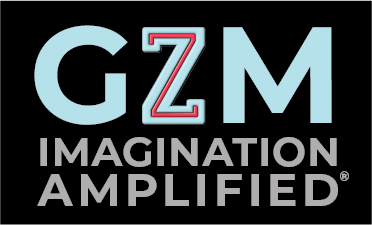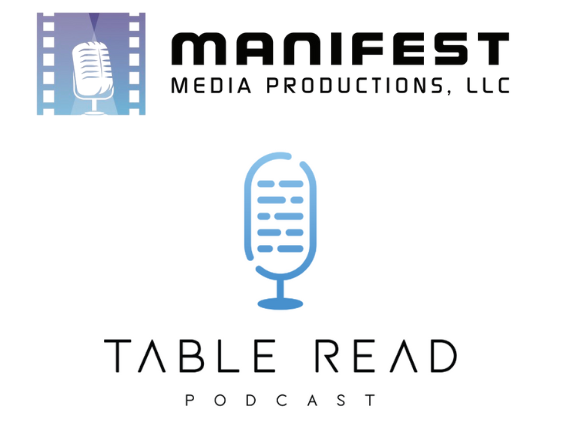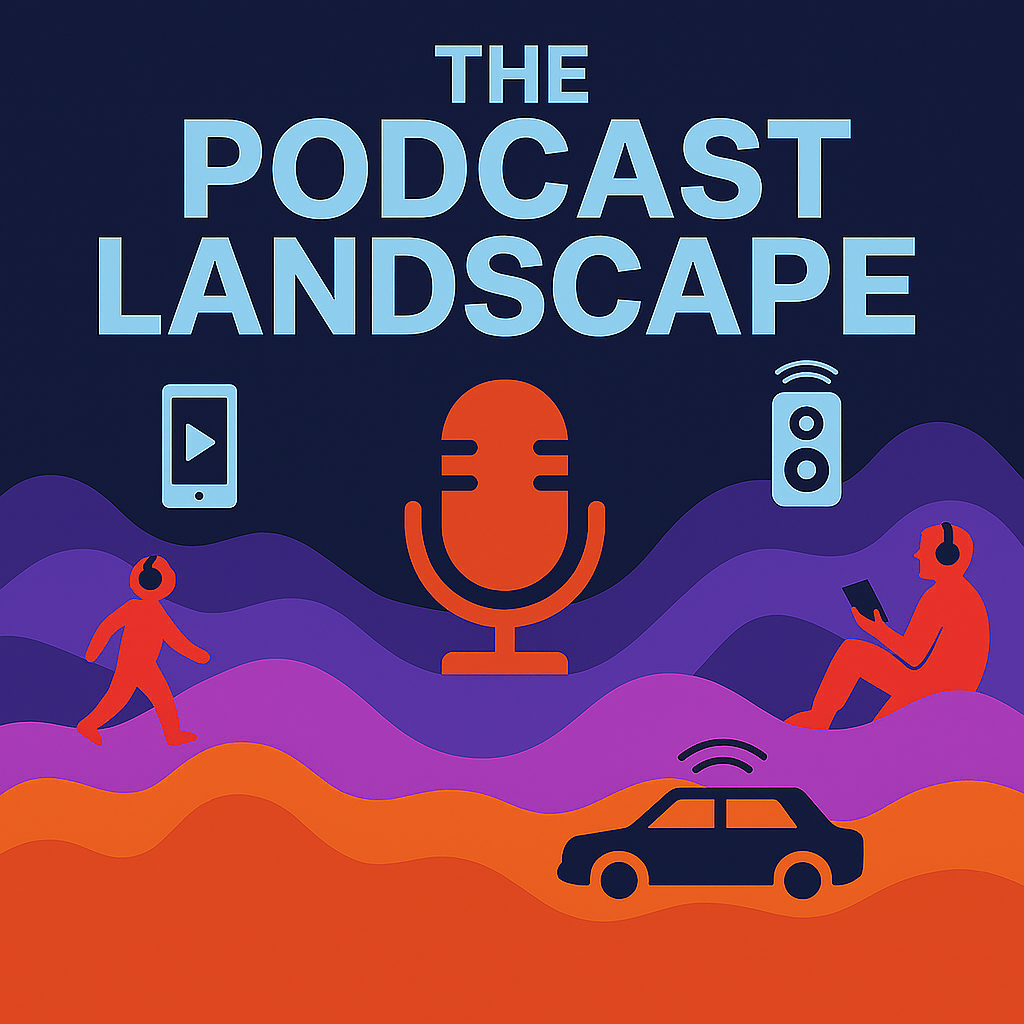This Week in the Business of Podcasting
Busy week, huh? Good thing with all the major events that have happened this year we’ve not got any major holidays coming up in the next eight weeks, right? Insert nervous laughter here. In the mean time, we have some stories about promising data, a story about a lack of data, and a call for adding more data. It’s information galore this week, let’s get into the news.

Transparency. Performance. Automation.
The Podscape End-of-Year Update
Twice a year Sounds Profitable and Magellan AI team up to update The Podscape, an infographic designed to give a bird’s-eye view of the podcasting industry. With the explosive growth of the industry in recent years, the Podscape infographic aims to take inventory of known companies, services, agencies, and anything in between and sort them into relevant categories based on what they provide (media planning, content creation, etc.). In short, the Podscape adds value to the overall industry by making the ‘industry’ something visible. Any company in the business of podcasting is able to participate and submission is free. The current deadline to have new companies included or edit existing entries is Friday, November 29th. Click here to access the submission form.
Audio and Video “Prime” Consumers and Podcast Discovery
This Thursday Tom Webster rounds out a trilogy of articles focusing on two key groups of respondents in The Podcast Landscape 2024 study: those who consume at least 75% of their podcasts as audio (“Audio Primes”) and those who do the same but for video (“Video Primes”).
While comparing and contrasting the two groups. Webster notes the similarities between the two populations. Especially when factoring in data from last year’s study Sound You Can See, which found 60% of respondents who watch podcasts on video also listen to the same shows without video on audio-forward services like Apple Podcasts and Spotify. A quote from Webster:
“The key to this is not to get so hung up on audio “vs” video, but to also remember this: YouTube (and let’s be real, that is what we are talking about…today, at least) is a podcast app, and if we look at it as a podcast app in comparison to other podcast apps, this is where we start to reframe our thinking.”
He brings up two stats worth considering: Video Primes make up 14% of the overall podcast audience, while podcast consumers who say YouTube is the app/service they use the most often for podcast consumption make up 39% of the overall podcast audience. More than twice the amount of people who make up Video Primes use YouTube, leading to the conclusion that YouTube sees significant usage as an audio platform.
A further look into the differences of Video and Audio Primes is slated for an upcoming webinar Video’s Rise in Podcasting: Shaping the Future of Engagement and Consumption Trends, a Sounds Profitable research presentation with Crooked Media. The webinar is November 20th at 2:00 p.m. EST. Registration is free and available now.
Tracking Podcast Tracking
Some big additions (and subtractions) have been made to the world of podcast tracking this week. Starting with the subtraction: this week Rain News covered a Libsyn announcement that the company is discontinuing their monthly report of podcast ad CPMs (cost per thousand impressions) on Libsyn Ads.
Since 2020 Libsyn has published a monthly report tracking the average cost of podcast ad CPMs for 60 second and 30 second ads across Libsyn Ads, including breakdowns of top-dollar podcast genres.
Moving on to addition: on Monday analyst Adam Bowie covered the recent announcement that Podtrac is now offering trackers for 30 countries, including new additions like the UK. He compared and contrasted the new Podtrac top chart with similar rankings from Edison Research, highlighting differences in methodologies. Chief among which is Podtrac’s decision to use a combination of opt-in downloads (data submitted from podcast publishers voluntarily) and estimates of downloads for shows that haven’t opted-in. It’s possible, Bowie notes, that there might not even be enough third-party data to properly construct reliable UK top charts in this way.
Then later the same day, Bowie published a follow-up examining the Australian version of Podtrac’s tracker. Australia is a particularly interesting example as Triton Digital regularly publishes a tracker of top podcasts in the country’s ecosystem using opt-in data, but the majority of major publishers in the country’s broadcast ecosystem all participate, providing a broad view of the AU podcast industry. Meanwhile, Podtrac’s tracker has several noteworthy differences and gaps, such as ABC News Top Stories not appearing at all in Podtrac’s ranking despite being the third highest ranked podcast on Triton (likely due to it being an hourly podcast largely distributed via smart speaker).
Libsyn’s monthly reports provided a rare consistent glimpse into the state of podcast advertising, even if limited to the scope of Libsyn Ads’ inventory. Incomplete or limited sources of data can have value if presented well, but multiple incomplete pieces of data – or data only participated in by just one company – can cause more issues than benefit.
Marketers Asking Harder Questions of Brand Safety, Ad Verification Partners
This Wednesday from Sam Bradley at Digiday: Over the past two years marketers have increased their focus on demanding transparency in their media buying, such as an outcry this summer regarding ad verification companies being slow to address ID spoofing and made-for-arbitrage sites. Meanwhile the Department of Justice has been conducting interviews regarding the inner workings of Doubleverify and Integral Ad Science. A quote from media lawyer Peter Jackson:
“From the reporting, the inquiry seems to stem from the government’s own interest in ensuring its ads don’t run against objectionable content, as opposed to a broader inquiry into these services as a whole.”
Marketers tell Digiday they’re seeing an influx of questions from clients regarding brand safety and ad verification tools, including concerns about using the tools correctly and fine-tuning results so they don’t demonetize news publishers.
Despite shortcomings, sources tell Digiday current brand safety and ad verification tools are useful, but require a level of vigilance to maintain and catch issues. Goodway Group president Jay Friedman proposes one of the roadblocks to further transparency with both is companies doing the mental math and deciding holding brand safety/ad verification vendors accountable can be more trouble than the outcome would be worth.
Quick Hits
While they may not be top story material, the articles below from this week are definitely worth your time:
- How to Advertise Your Podcast to Grow Listenership by Morgan Swift The Podglomerate explains the benefits of investing in your podcast advertising budget.
- Elevated Entertainment: Emirates launches curated content collaboration with Spotify Spotify has signed a deal with Emirates airline to be their audio provider.
- SiriusXM Q3 earnings: Slippage in revenue comps and the sweep of history by Brad Hill The latest quarterly earnings from SiriusXM Media, including $2.17 billion in revenue with $93 million in free cash flow
- Marketing execs believe deeper relationships, understanding influencers can avoid potential backlash in politics by Kristina Monllos Surrounding this week’s election, brands are pushing the influencers they partner with towards neutrality, as well as some pausing relationships with them entirely.Kids & Family Audio Entertainment Provider Pinna Relaunches With a Fresh Look














































































































































































































